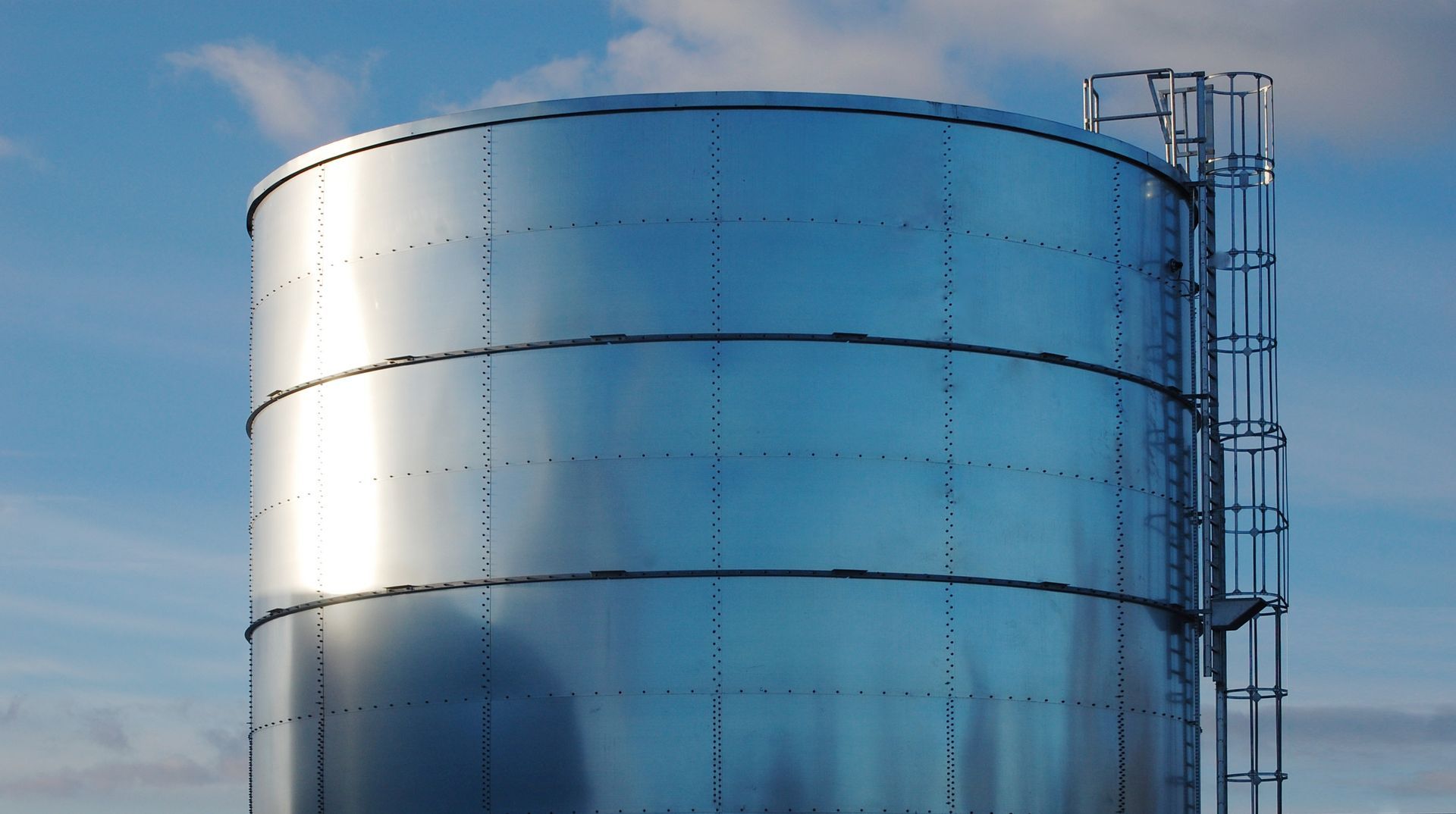Fugitive Emissions and Embodied Carbon
By their very nature ‘fugitive’ emissions can, at best, only be estimated during the design stage of an embodied carbon report, often called a Life Cycle Assessment (LCA). A LCA is a method of evaluating the environmental burden of processes and products during their life cycle from cradle to grave. Post installation record keeping of fugitive emissions can inform subsequent reviews, and reporting. Giving exaggerated importance to estimated fugitive emissions may compromise the selection of air conditioning equipment that is demonstrably more suitable for the application, and in many cases more energy efficient than the alternatives.
What are fugitive emissions?
Fugitive emissions refer to the gases or vapours that are released from pressurised equipment due to leaks, evaporation, or other unintended or irregular releases. In the context of refrigerant gas within air conditioning systems, fugitive emissions refer to the leakage of refrigerant gases into the atmosphere.
Refrigerant gases are commonly used in air conditioning/heat pump systems as part of the mechanical cooling/heating cycle. Refrigerant gases may escape from the system due to various reasons such as equipment failure, poor installation, neglect during maintenance, and as part of final decommissioning.
Fugitive emissions are rightly a concern, many refrigerants are potent greenhouse gases. For example, commonly used refrigerants like hydrofluorocarbons (HFCs) have a much higher global warming potential than carbon dioxide. Even small amounts can contribute significantly to global warming.
How does the sector mitigate against fugitive emissions?
It is not only good practice to mitigate against fugitive emissions refrigerant handling is also covered by several UK regulations and standards:
- The Fluorinated Greenhouse Gases Regulations 2015: This regulation implements the EU F-Gas Regulation in the UK, which aims to reduce emissions of fluorinated greenhouse gases (F-gases), including HFCs used as refrigerants. It requires companies that produce, supply, use, install, service, maintain or dispose of equipment containing F-gases to hold a company certificate issued by an approved certification body. Individuals carrying out these activities must also hold a qualification recognised by the Environment Agency.
- The Ozone-Depleting Substances Regulations 2015: This regulation implements the EU ODS Regulation in the UK, which aims to protect the ozone layer by controlling the production, supply, import, export, ownership, and use of ozone-depleting substances (ODS), including certain refrigerants. It requires companies that carry out these activities to hold a company certificate issued by an approved certification body.
- The Health and Safety at Work Act 1974: This act requires employers to ensure the health and safety of their employees and others who may be affected by their activities. This includes ensuring that refrigerants are handled safely.
- The Control of Substances Hazardous to Health Regulations 2002 (COSHH): These regulations require employers to assess the risks from hazardous substances, including refrigerants, and take appropriate measures to prevent or control exposure.
- British Standard BS EN 378: This standard specifies safety and environmental requirements in relation to the design, manufacture, installation, operation, maintenance and disposal of refrigerating systems and heat pumps.
- F-Gas Certification: Technicians who install, maintain or service stationary refrigeration equipment containing F-gases must hold a valid F-gas certificate issued by an approved certification body.
- Waste Management: The Environmental Protection Act 1990 and the Hazardous Waste Regulations 2005 require businesses to ensure that waste refrigerants are disposed of safely and responsibly.
The legislation above illustrates that prevention of fugitive emissions is something that the industry is focused on and that the loss of refrigerant, other than through exceptional circumstances, is entirely preventable.
Failure to comply with the applicable regulations can result in significant fines for responsible parties (beyond engineers and contractors). Therefore, it's crucial for landlords and building managers to ensure that the handling of refrigerants is done responsibly and in accordance with the law.
The importance of Technical Asset Management in this regard should not be underestimated, site auditing is key to responsible building management, read more here.
Including fugitive emissions within LCA reporting
LCAs assess the environmental performance of a building and the outputs have numerous environmental indicators but are often collectively referred to as the amount of Carbon Dioxide equivalent (CO2e) emitted during the manufacture, transport, and construction of building materials, together with end-of-life emissions. BS EN 15978-1 provides a calculation methodology for the assessment of environmental performance of buildings.
Whilst it is normal practice to include fugitive emissions within LCA reporting, it is also good practice that the reader is given guidance on their relevance, and importance, in understanding the buildings overall total environmental impact.
Diligence should be taken to source manufacturers data, as an example, Daikin¹ recommend the following percentages for embedded carbon reporting:
- Refrigerant Recovery Efficiency = 99%
- Annual leakage rate = 2% of refrigerant charge
- Annual purge release factor = 0%
- Annual service release = 0%
- Probability factor for catastrophic failure = 0.001%
This information confirms that:
- During refrigerant recovery, at end-of-life or because of repairs, gas lost is considered minimal and is associated with residual amounts (service engineers gauge lines).
- Industry studies show that correctly installed systems are not prone to refrigerant leaks.
- VRV systems do not require any purging of refrigerant, plus refrigerant purging is not permissible under UK and EU regulation.
- VRV leak checking as part of annual servicing can be done without ‘opening’ the refrigerant side of the system.
- Interestingly, Daikin Industries have carried out a study that shows that catastrophic failures on systems occur 1 in every 10,000 systems, there recommended 1 in every 1000 is a very conservative figure.
In conclusion the reporting of fugitive emissions should be done with care, and reports should include explanatory notes. There are many factors when considering equipment selection, whilst embodied carbon is one of them it should form part of a holistic approach.
A whole life carbon assessment (WLCA) standard can estimate the amount of carbon emitted throughout the life cycle of a constructed asset, from the early stages of development though to the end of life. It gives visibility to embodied carbon, operational carbon, and user carbon.
Sources
¹ Daikin Pol01 BREEAM Calculation Default Values
Resero undertake Life Cycle Assessments and whole life carbon assessments as part of our
Technical Asset Management consultancy.












